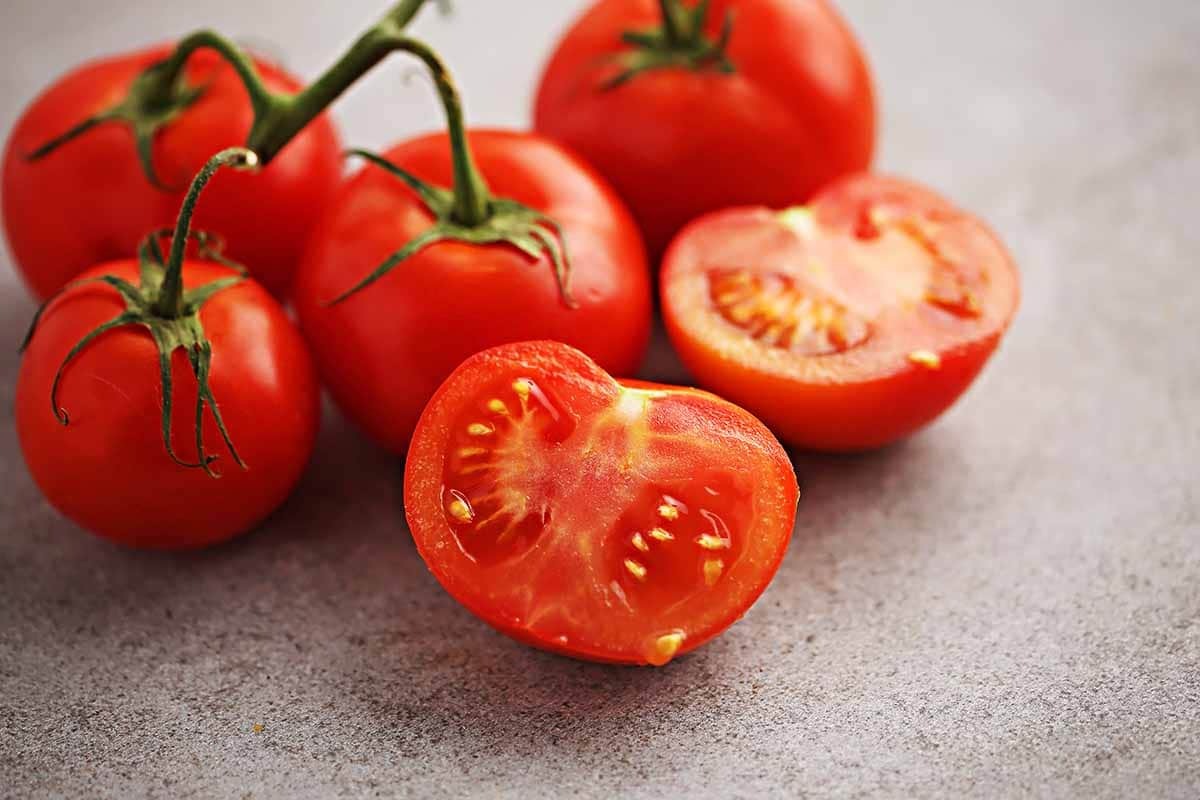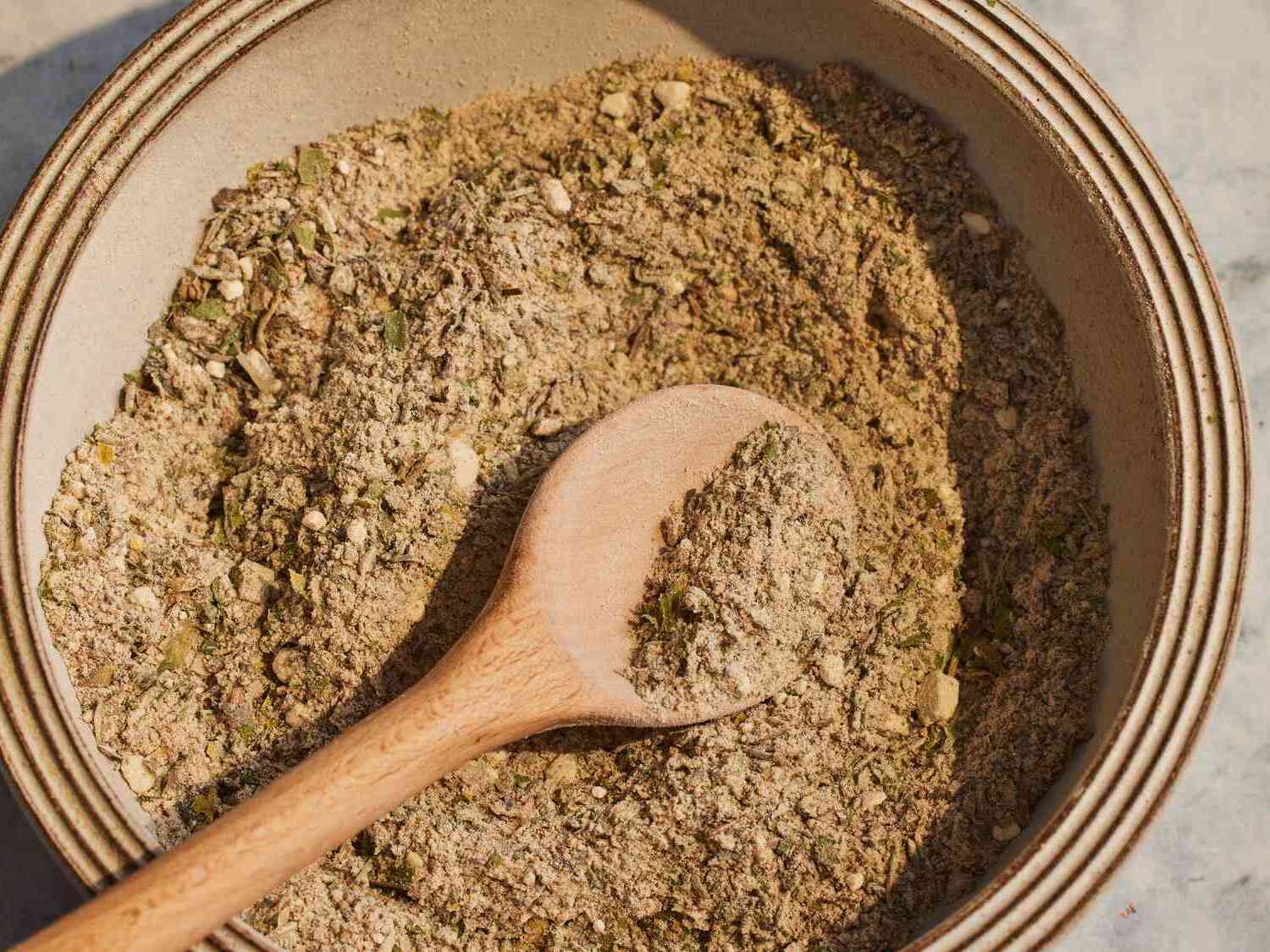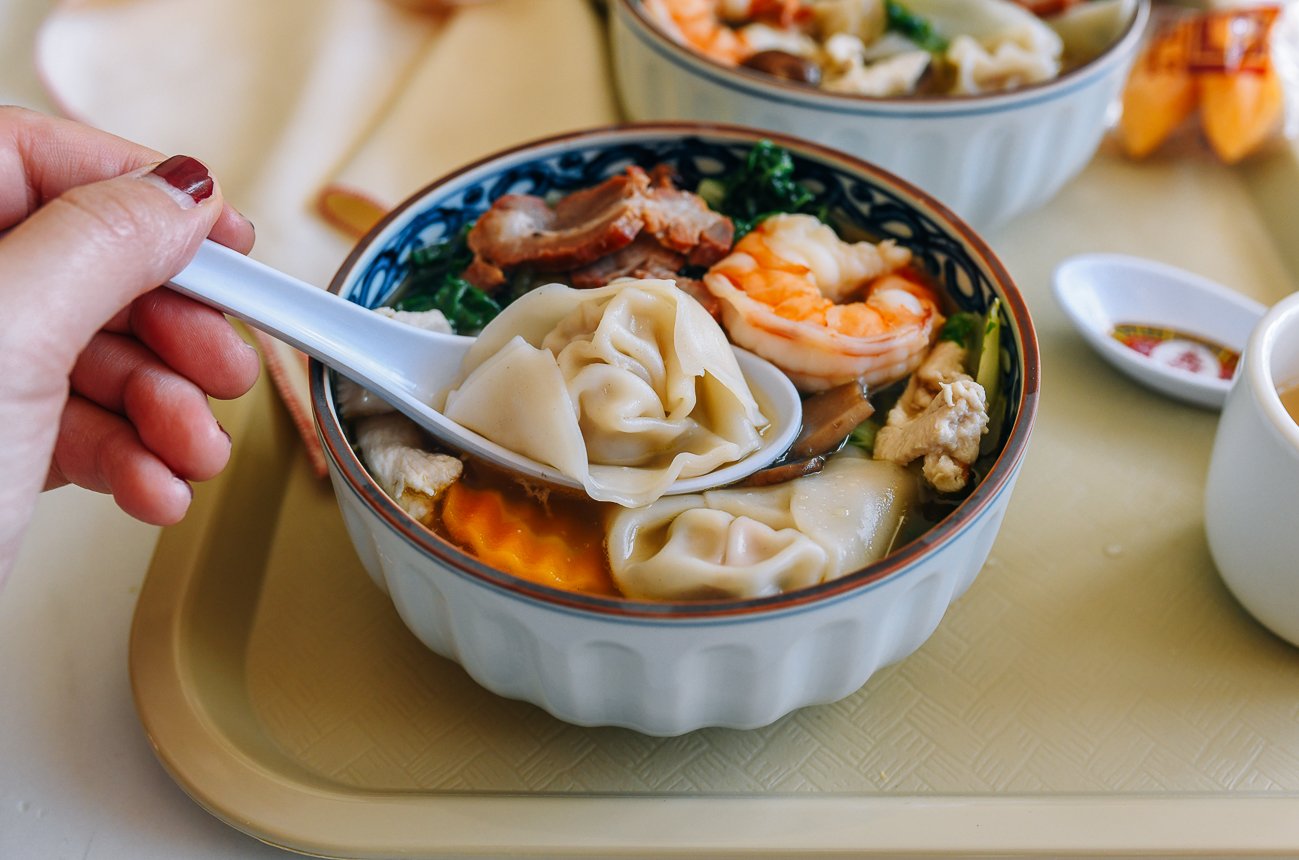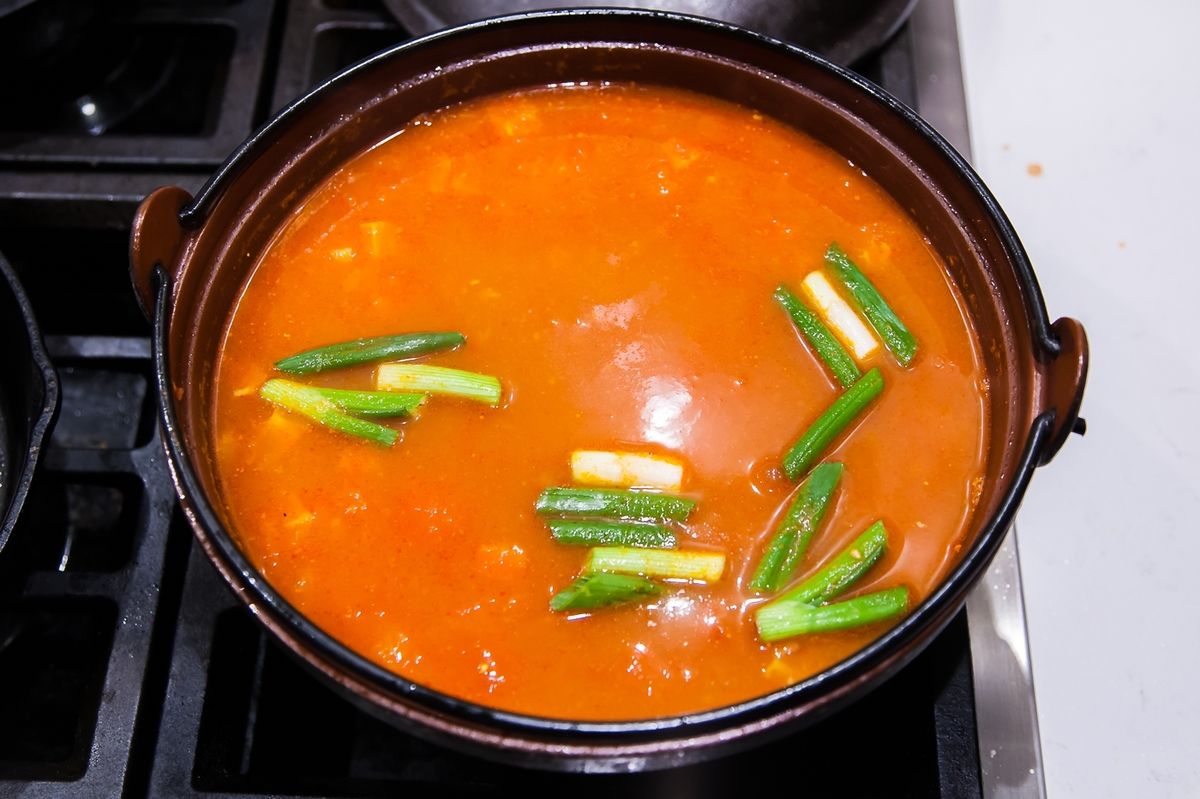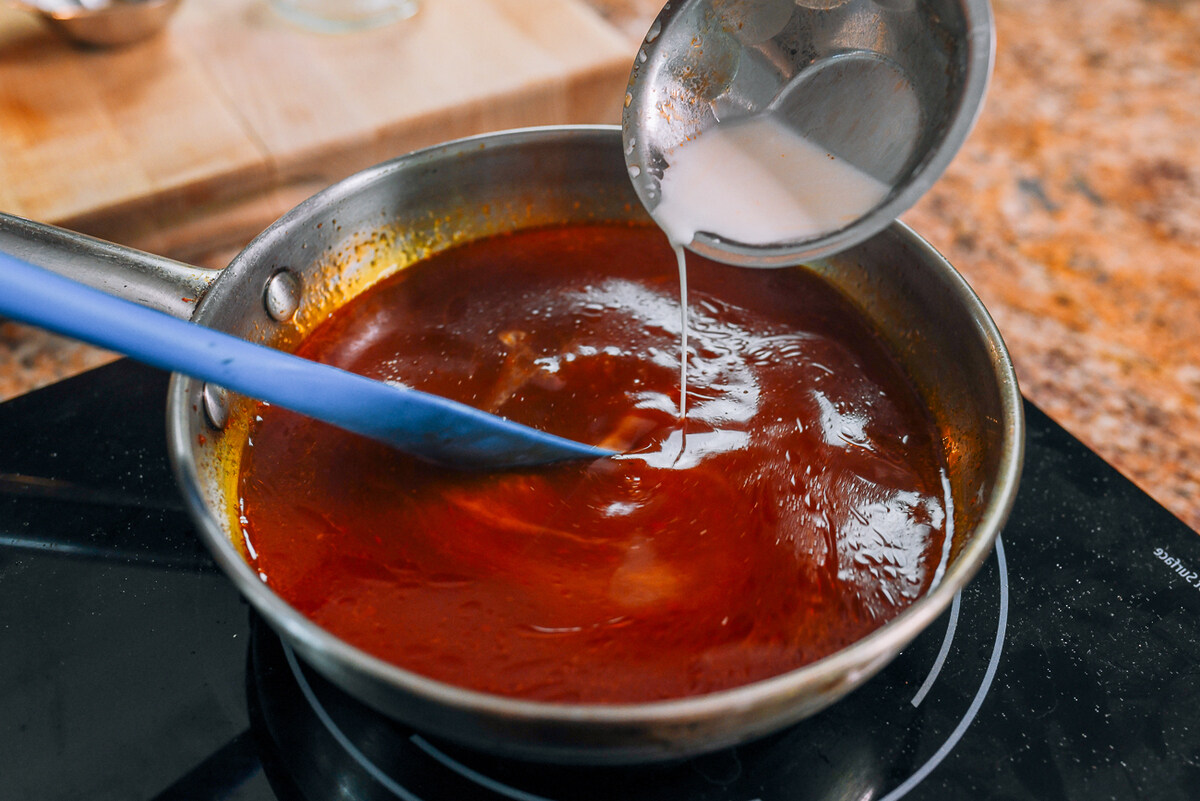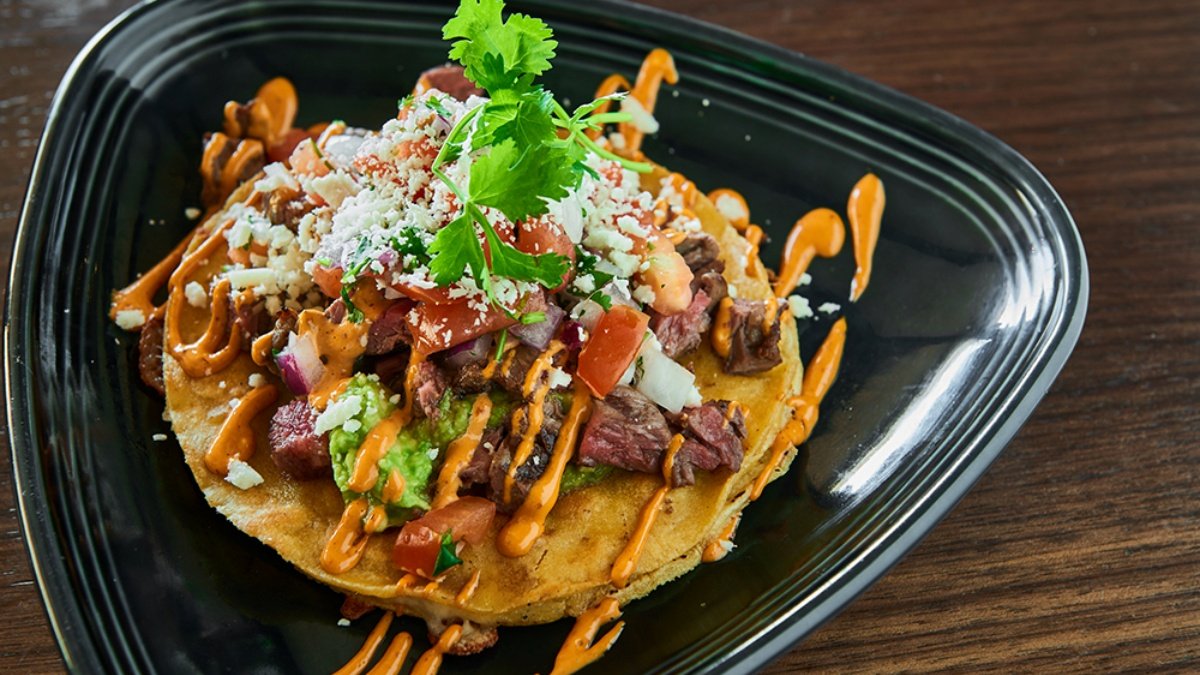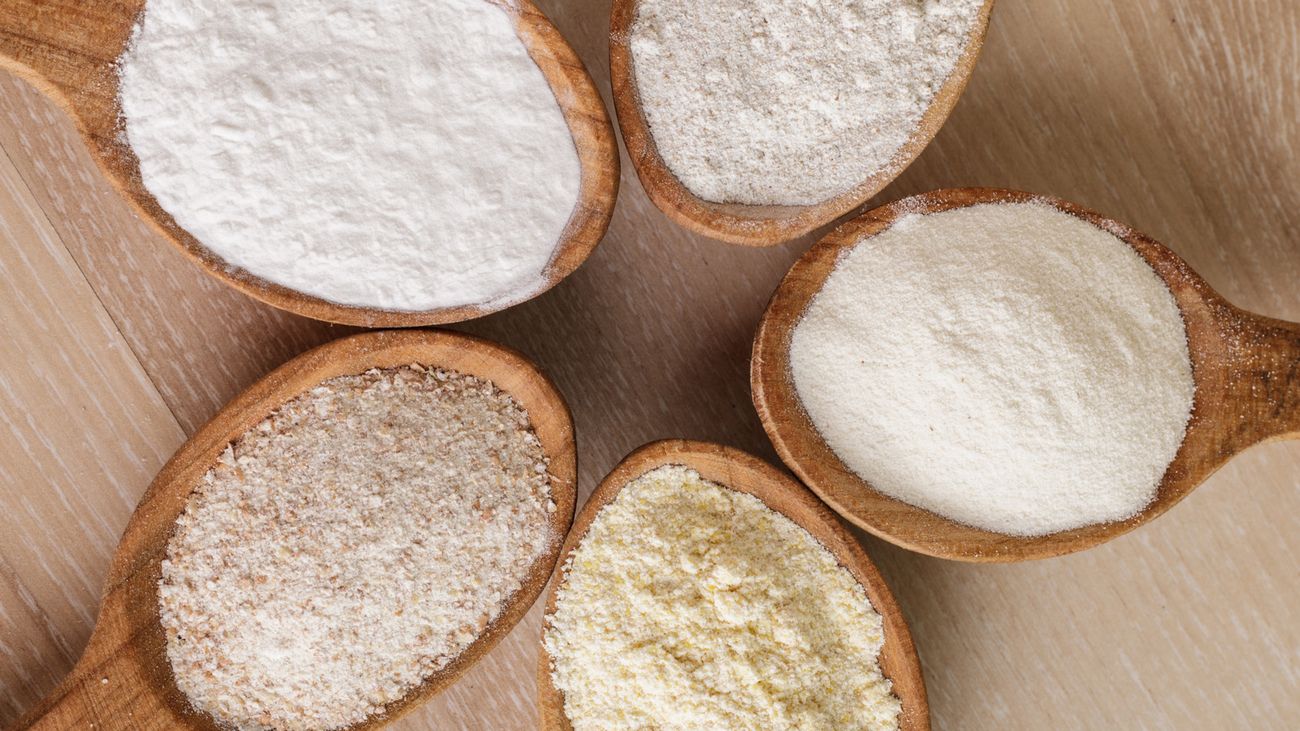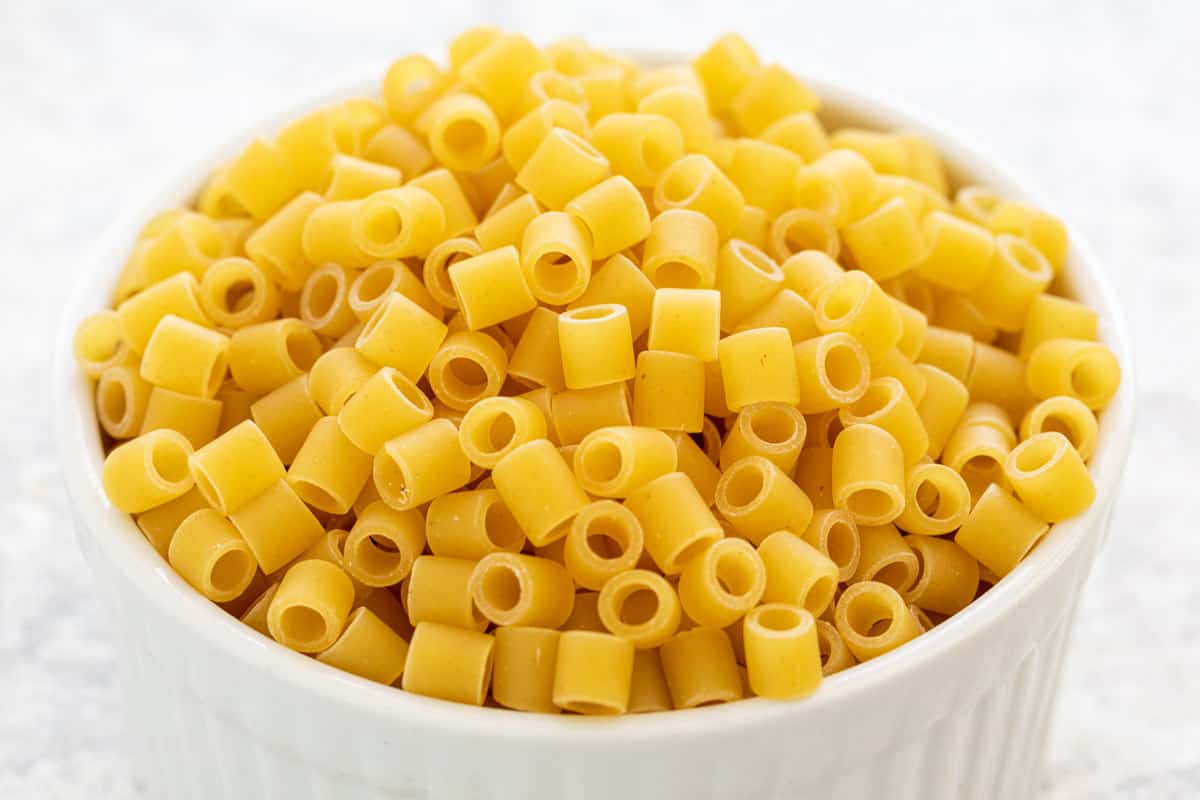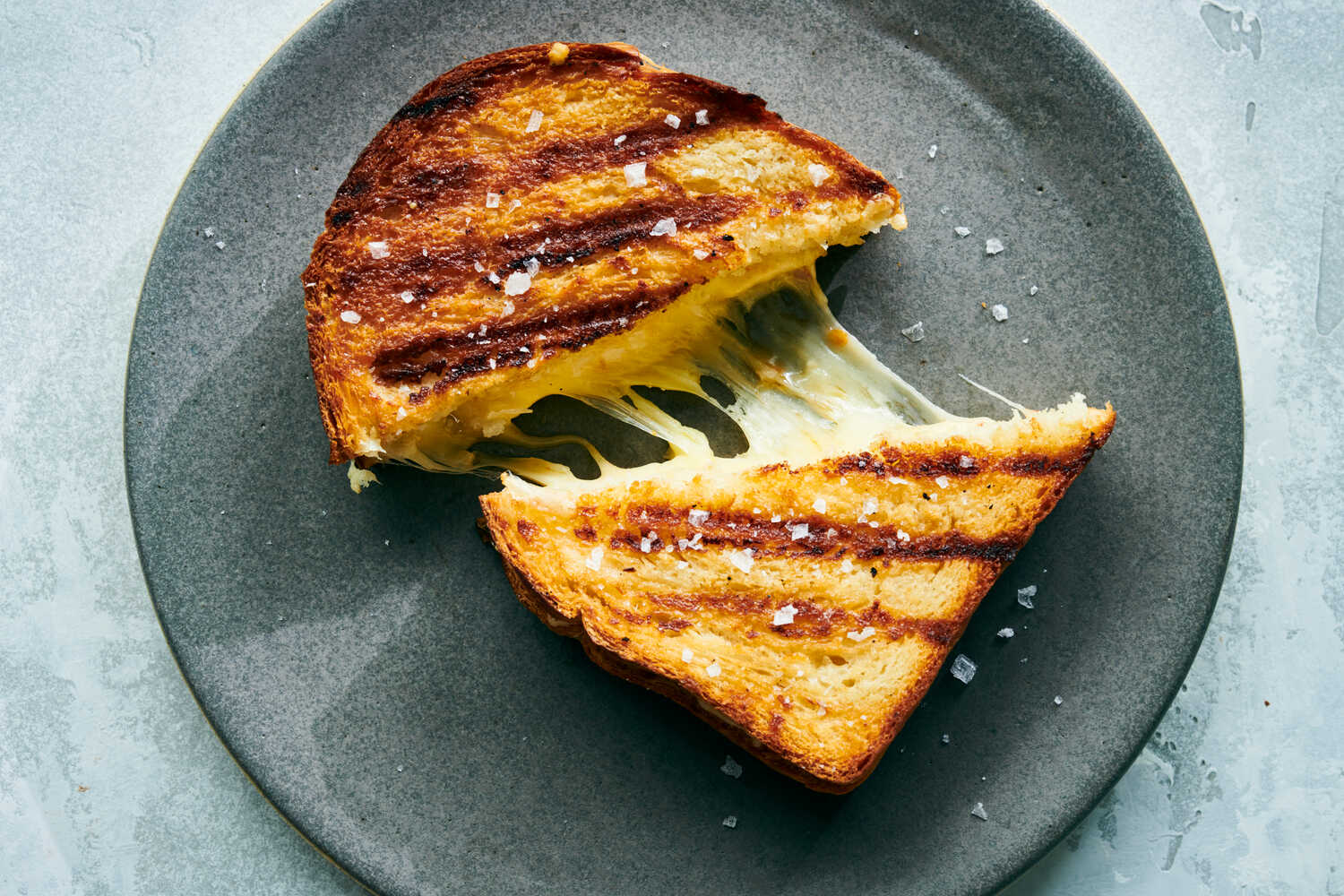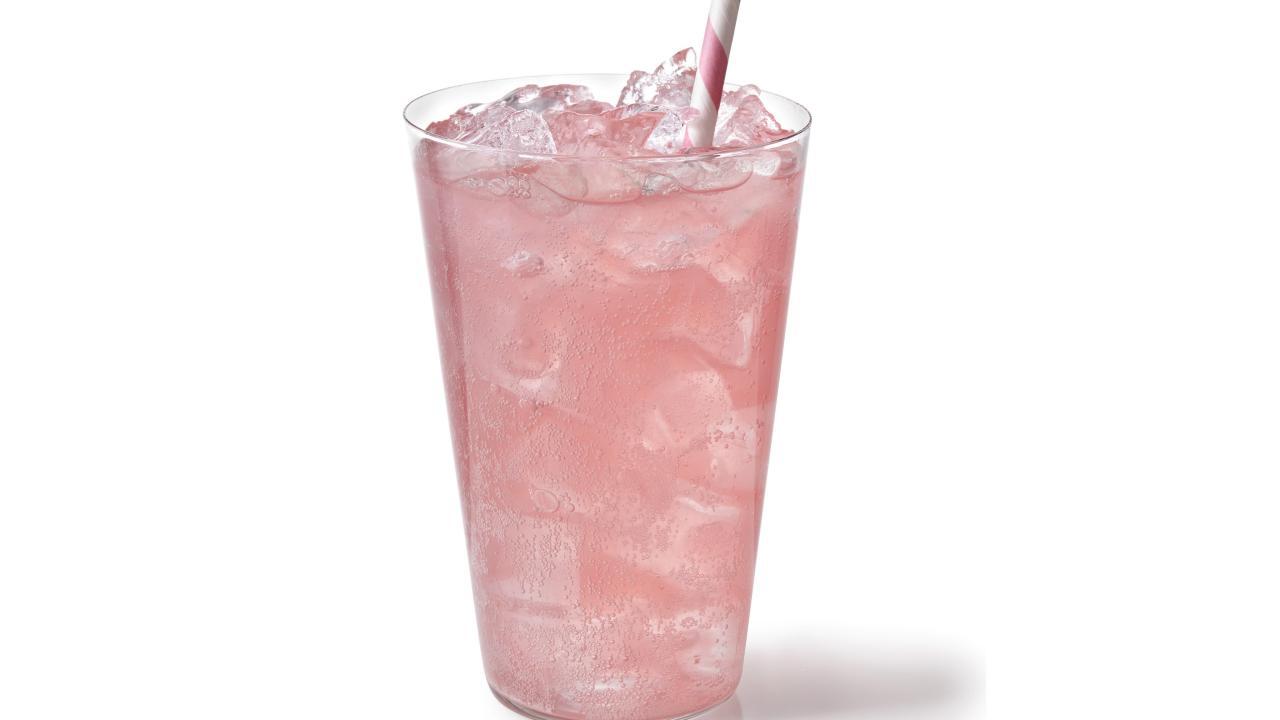Understanding the Difference Between Potstickers and Dumplings
When it comes to Asian cuisine, potstickers and dumplings are two popular dishes that are often confused with each other. While they may look similar to the untrained eye, there are some key differences that set them apart. Let’s take a closer look at the distinguishing features of potstickers and dumplings.
Potstickers
Potstickers, also known as “guotie” in Chinese, are a type of dumpling that is typically pan-fried. The name “potsticker” comes from the cooking method, where the dumplings are first fried in a hot pan with oil to create a crispy bottom, and then steamed with a bit of water to cook the filling and seal in the flavors. Here are some key characteristics of potstickers:
- Thin, delicate wrapper
- Crispy bottom from pan-frying
- Tender and juicy filling
- Often served with a dipping sauce
Dumplings
Dumplings, on the other hand, refer to a broad category of dishes that consist of dough wrapped around a filling. They can be steamed, boiled, or pan-fried, and the fillings can vary widely, ranging from meat and vegetables to seafood and even sweet fillings for dessert dumplings. Here are some distinguishing features of dumplings:
- Thicker, chewier wrapper
- Can be steamed, boiled, or pan-fried
- Versatile fillings and flavors
- Can be served as a main dish or side dish
Key Differences
Now that we’ve explored the basic characteristics of potstickers and dumplings, let’s summarize the key differences between the two:
- Cooking Method: Potstickers are typically pan-fried and then steamed, while dumplings can be steamed, boiled, or pan-fried.
- Wrapper Texture: Potstickers have a thin, delicate wrapper, whereas dumplings have a thicker, chewier wrapper.
- Fillings: While both potstickers and dumplings can have a variety of fillings, the texture and juiciness of the filling may differ due to the cooking method.
- Usage: Potstickers are often served as appetizers or snacks, while dumplings can be served as a main dish or side dish.
Conclusion
In conclusion, while potstickers and dumplings share some similarities, such as the dough wrapper and filling, they are distinct dishes with their own unique characteristics. Whether you prefer the crispy bottom of a potsticker or the chewy texture of a dumpling, both of these Asian delicacies offer a delightful culinary experience that is worth savoring.
Next time you’re at an Asian restaurant, don’t hesitate to try both potstickers and dumplings to fully appreciate the nuances of these beloved dishes.
